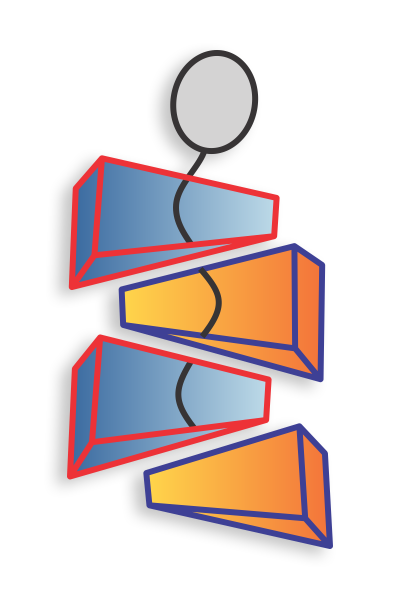ISST Basic Course Part II
Goals and Description
Course Part II gives a deep inside in the educational process of the ISST- Schroth method. The theoretical aspects will be revised and refined. Additional classifications like King, Lenke and Rigo will be discussed. The main principles of bracing will be presented.
Course Part II completes the standardized therapeutic process from physical examination to the individual therapy plan consisting of exercises, postural teaching and more specific auxiliary manual techniques. The basic exercises can be used with more functional and challenging variations in order to adapt the therapy program to the developing exercise capacity of the patients.
The relationship between scoliosis and Laterolisthesis will be introduced. Hereby the therapist learn more regarding scoliosis in adult and elderly patients. Scoliosis and pain is the main aspect for this group of patients and both entities have to be included, mostly separated, in the therapy program.
In the practical parts the participants work self-independent supervised by the instructor and have the chance to discuss problems within the therapeutic team.
To understand more about the surgical way of treatment a short overview of the history and the typical techniques would be given.
Ethics and certification process
The certification authorizes for the ISST treatment according to the concept of Katharina Schroth, but does not authorize to teach other professionals the method. In case of non-compliance the certification and the status ISST therapist will be deprived.
To pass a written and practical exam after the basic courses Part I and Part II is required to get the ISST certification for an ISST- Basic Schroth Therapist.
In the practical exam after Part II the student has to design a therapy plan for a fictional patient including therapy diagram, scoliometer datas, standardized exercise program and an evaluation of the risk of progression. The patient has to be presented with his/her typical features and selected parts of the treatment program.
